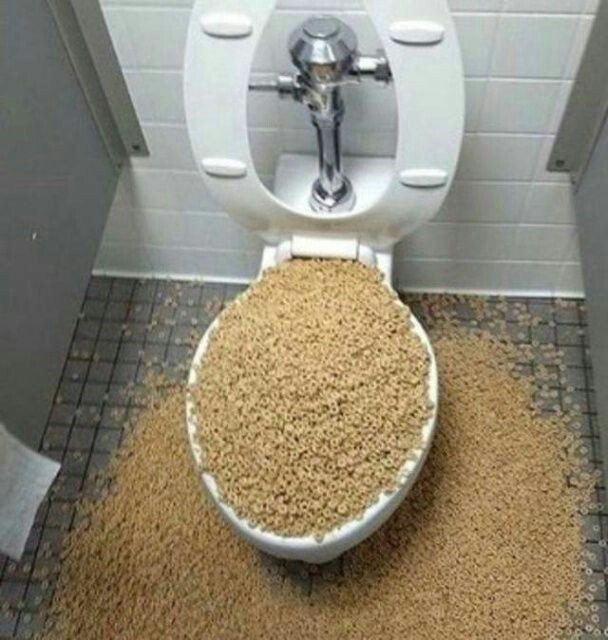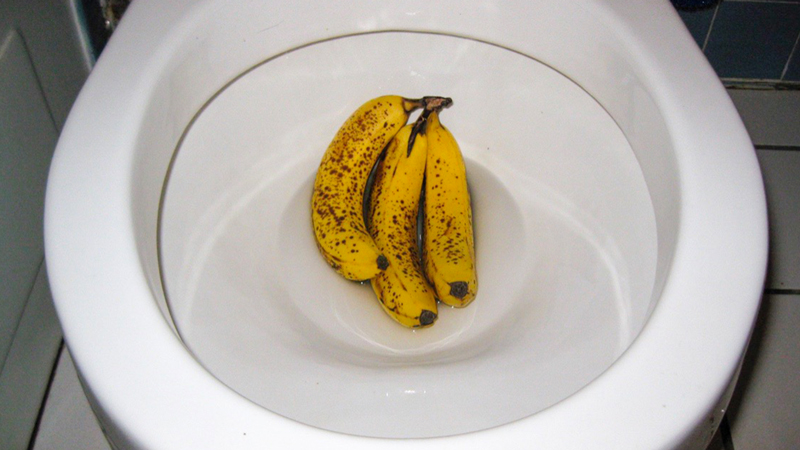What are your ideas regarding Think Twice Before Flushing Food Down Your Toilet?

Intro
Many individuals are frequently faced with the dilemma of what to do with food waste, particularly when it involves leftovers or scraps. One common concern that develops is whether it's all right to flush food down the bathroom. In this post, we'll explore the reasons that people might consider flushing food, the effects of doing so, and alternate methods for appropriate disposal.
Reasons people may think about purging food
Lack of recognition
Some individuals may not be aware of the potential injury triggered by purging food down the toilet. They may erroneously think that it's a safe practice.
Convenience
Flushing food down the toilet might appear like a quick and easy remedy to throwing away undesirable scraps, specifically when there's no neighboring trash bin readily available.
Idleness
In some cases, people might simply select to flush food out of large idleness, without considering the consequences of their actions.
Repercussions of flushing food down the commode
Ecological influence
Food waste that ends up in rivers can contribute to contamination and harm water ecosystems. Additionally, the water made use of to purge food can strain water sources.
Plumbing concerns
Flushing food can cause blocked pipes and drains pipes, causing pricey plumbing fixings and troubles.
Kinds of food that should not be flushed
Fibrous foods
Foods with fibrous textures such as celery or corn husks can obtain entangled in pipelines and trigger blockages.
Starchy foods
Starchy foods like pasta and rice can soak up water and swell, resulting in blockages in pipes.
Oils and fats
Greasy foods like bacon or food preparation oils need to never ever be flushed down the bathroom as they can solidify and trigger blockages.
Appropriate disposal methods for food waste
Making use of a waste disposal unit
For homes geared up with waste disposal unit, food scraps can be ground up and flushed via the plumbing system. Nevertheless, not all foods appropriate for disposal in this fashion.
Recycling
Specific food product packaging materials can be recycled, minimizing waste and reducing environmental influence.
Composting
Composting is an environmentally friendly means to take care of food waste. Organic products can be composted and made use of to improve soil for gardening.
The relevance of appropriate waste administration
Minimizing environmental injury
Proper waste management techniques, such as composting and recycling, assistance decrease pollution and preserve natural deposits for future generations.
Safeguarding plumbing systems
By avoiding the practice of flushing food down the toilet, property owners can avoid pricey pipes repair work and preserve the honesty of their plumbing systems.
Final thought
In conclusion, while it might be appealing to purge food down the bathroom for ease, it is essential to understand the possible consequences of this activity. By adopting proper waste monitoring practices and taking care of food waste responsibly, individuals can contribute to healthier pipes systems and a cleaner environment for all.
FLUSH FOOD DOWN THE TOILET?
FLUSHING FOOD CAN CAUSE BLOCKED DRAINS IN YOUR HOME
All of the plumbing fixtures in your home are connected to the same sewer pipe outside of your home. This outdoor sewer pipe is responsible for transporting all the wastewater from your home to the Council sewer mains. Even small pieces of food that go down the kitchen sink can cause problems for your sewer. It should therefore be obvious that flushing larger bits of food, such as meat, risks a clog in either the toilet itself or the sewer pipes. Flushing greasy food is even more problematic because oil coagulates when it cools, coating the interior lining of your pipes.
THE TOILET IS NOT A BIN
Food isn’t the only thing that people shouldn’t be flushing down the toilet. People use the toilet to dispose of all kinds of things such as tampons, makeup wipes, dental floss, kitty litter and even underwear. Water goes to great lengths to educate residents about the high costs and stress placed on wastewater treatment systems simply from people flushing the wrong stuff down the toilet. It costs taxpayers millions of dollars each year, and homeowners thousands in blocked drain repairs.
FLUSHING FOOD IS A WASTE OF WATER
Flushing food is a waste of our most precious resource - water. In June this year Level 1 water restrictions were introduced to protect water supply from drought conditions. Much of New South Wales continues to be affected by prolonged drought with recent figures revealing up to 97 per cent of the state remains in drought. Depending on whether you have a single or dual flush toilet, every single flush uses between five and 11 litres of water. In the current climate this is a huge amount of water to be wasting on flushing food that should be placed in the bin (or better yet, the compost).
https://www.jabplumbingsolutions.com.au/blog/can-you-flush-food-down-the-toilet

We had been introduced to that editorial on What Can Happen If You Flush Food Down the Toilet? from a good friend on a different web page. Those who enjoyed reading our blog posting if you please be sure to pass it around. We treasure reading our article about .
Schedule And Pricing